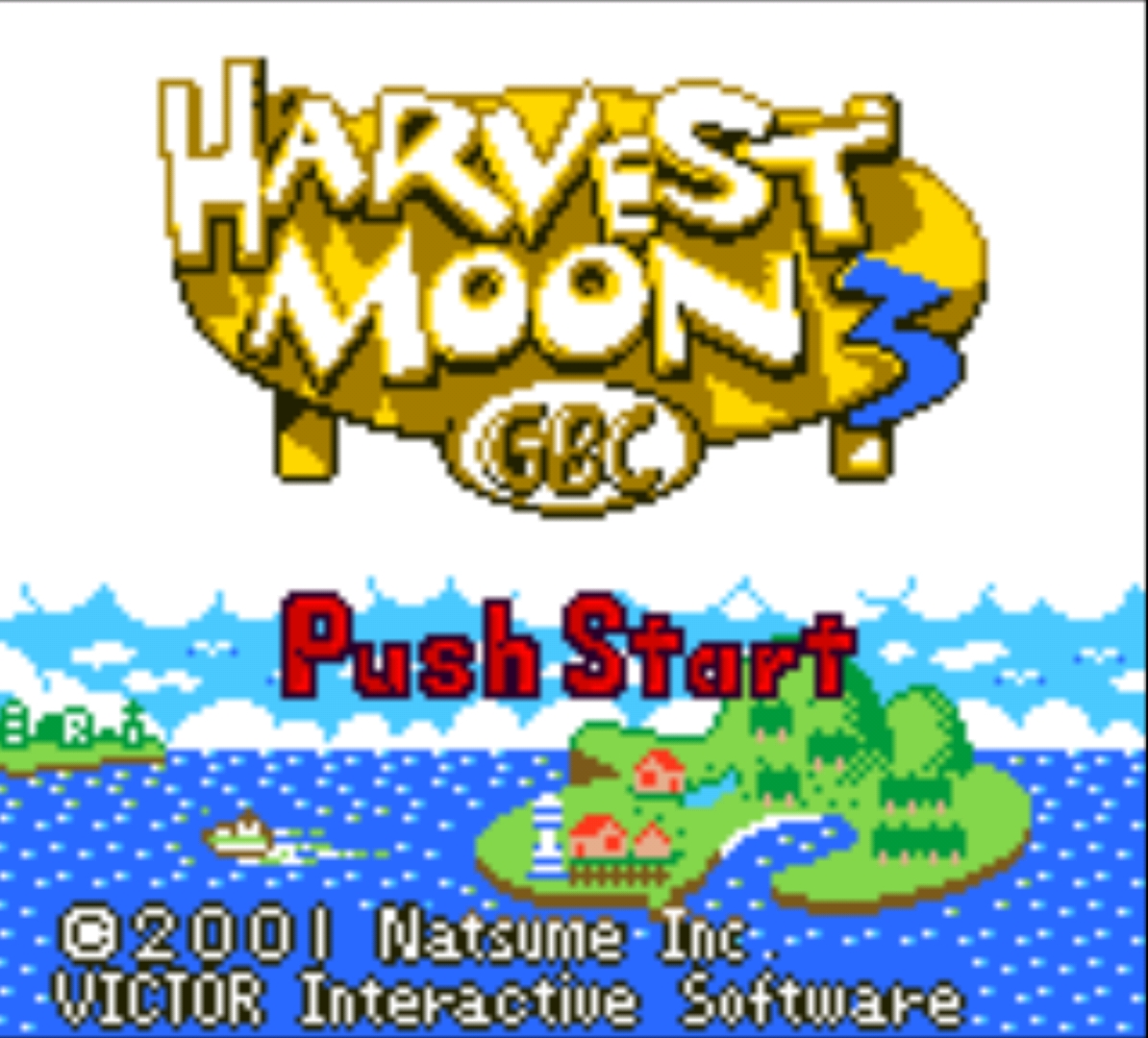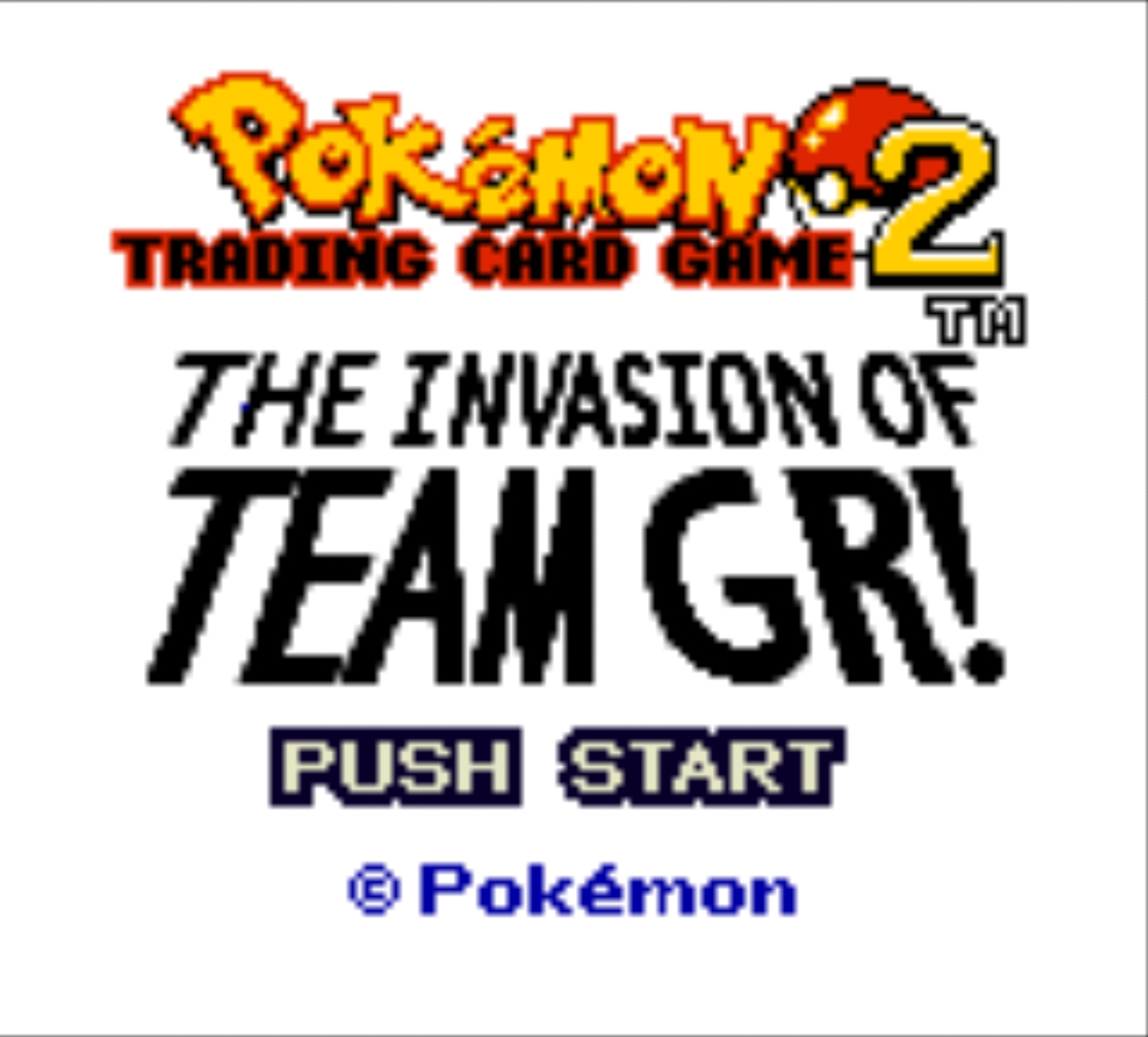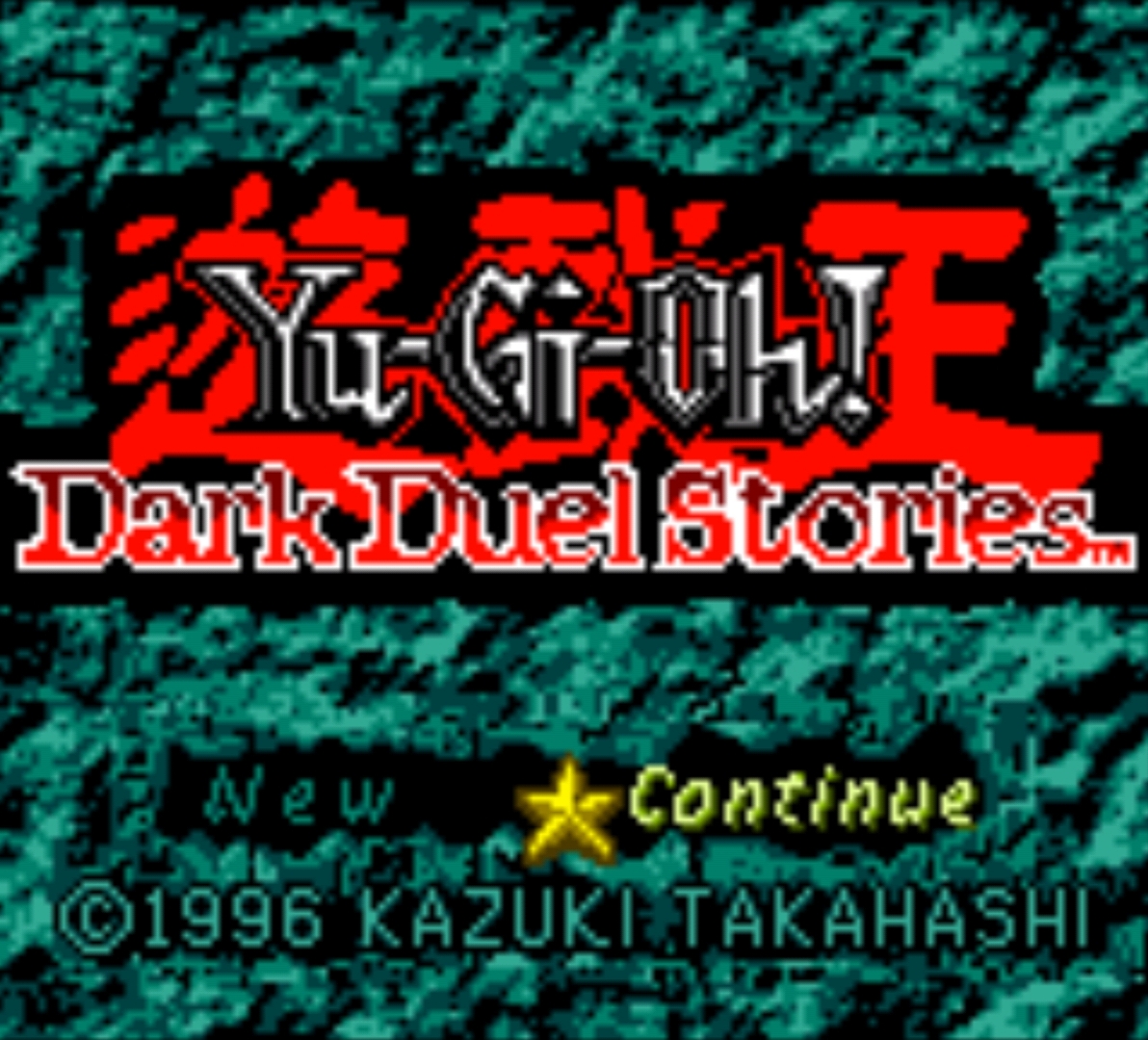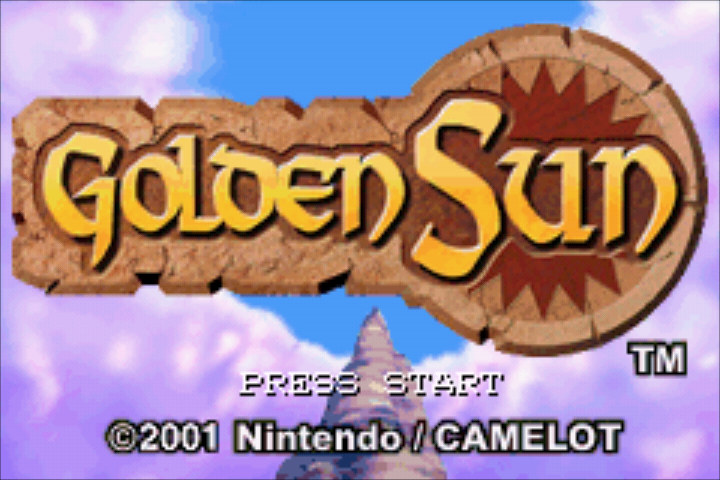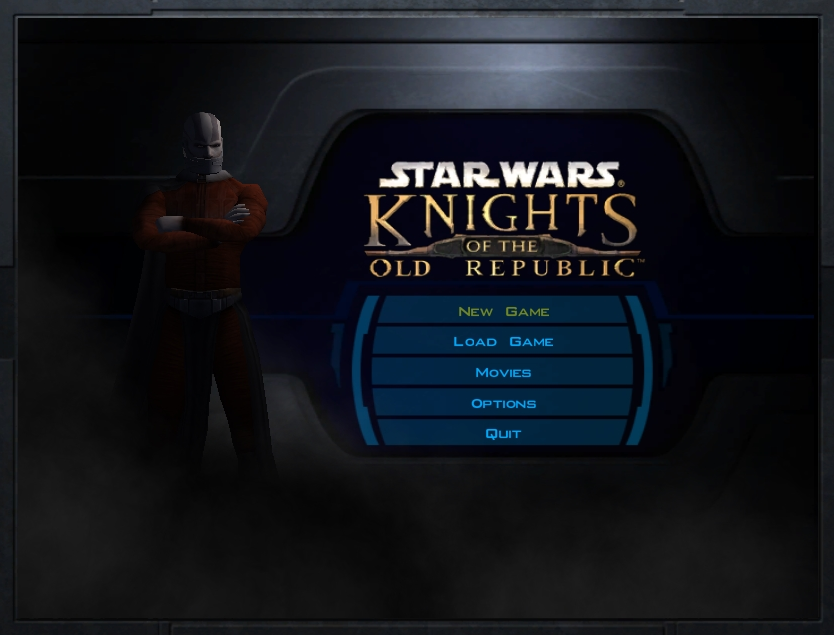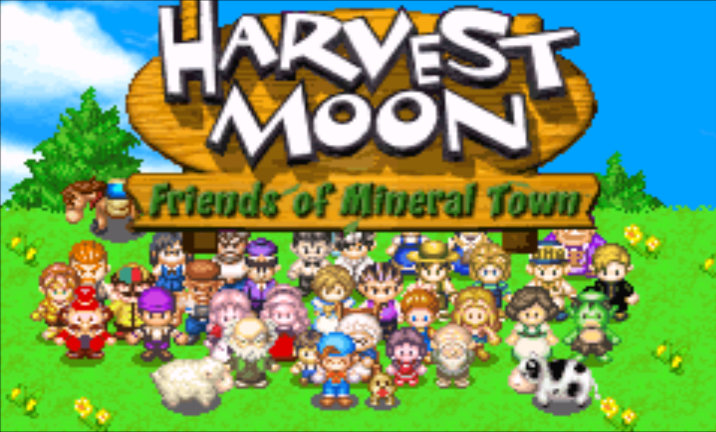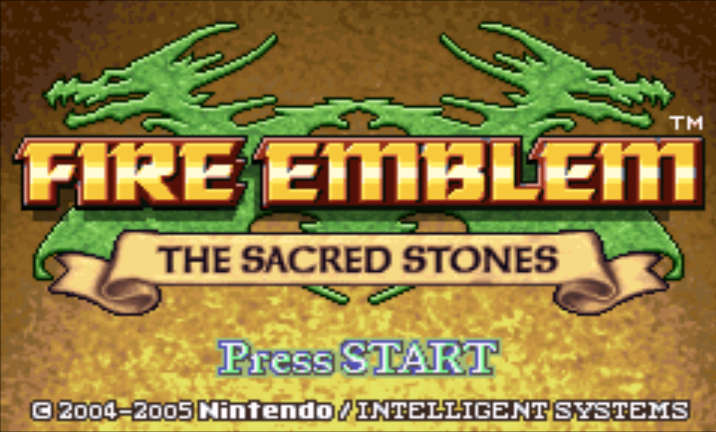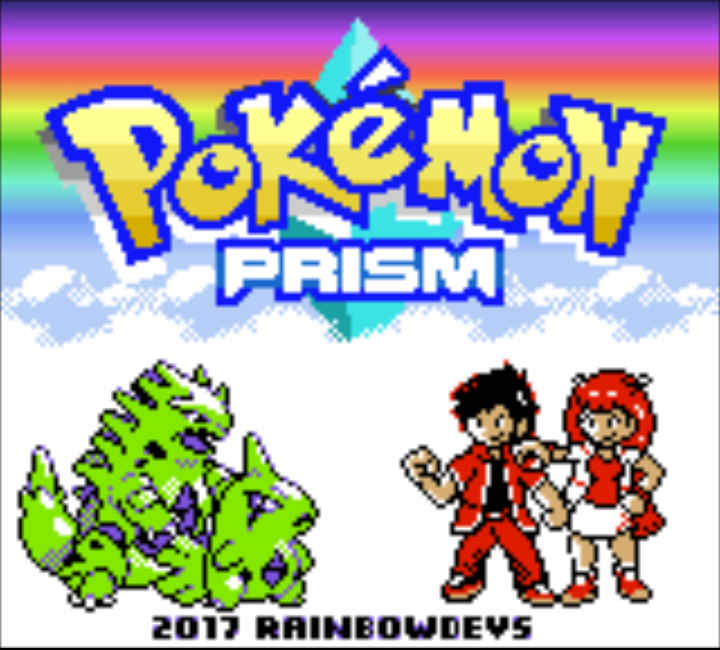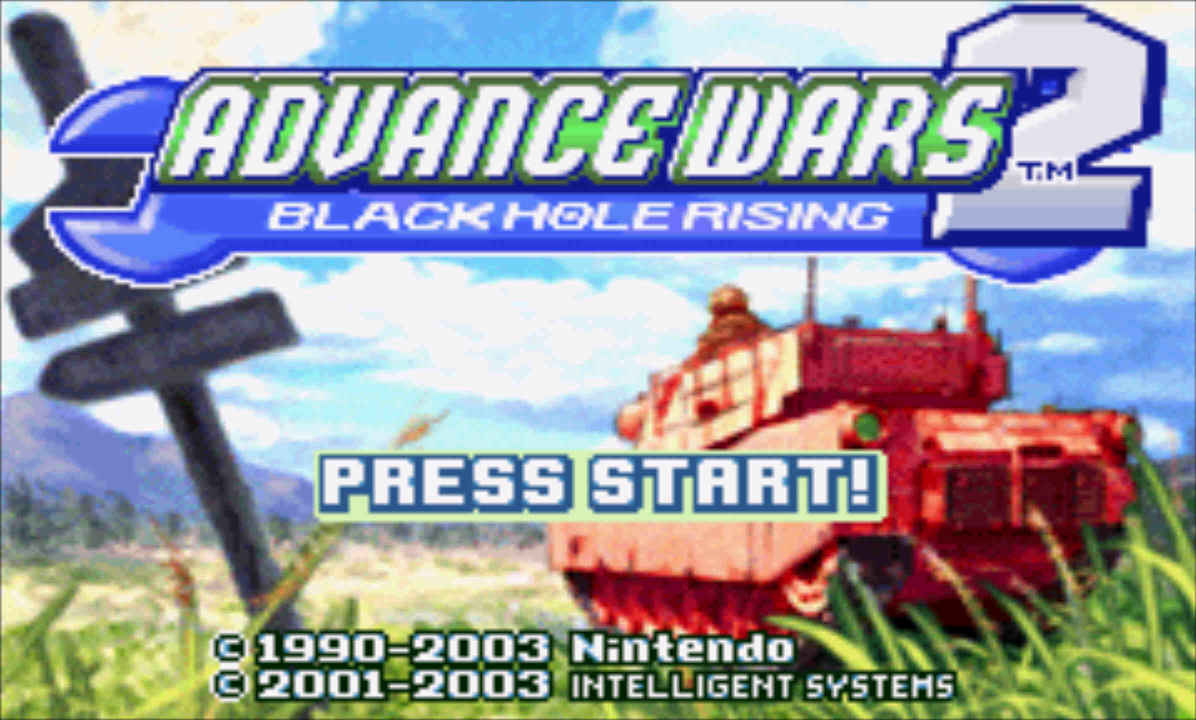It is a good time for the Force to be with you. Episode VII The Force Awakens has blown satisfying new life into the movie franchise, blotting Jar-Jar-infested prequels out of our memories. Equally, the progress that Apeiron is making on a reboot of the original go-to Star Wars gaming experience, 2003 Bioware-epic Knights of the Old Republic (KOTOR), has this Padawan dancing little jigs in his living room.
To be sure, rumours of an official KOTOR re-release are never far away, which, if realised, may take the wind from Apeiron’s sails. And the usual disclaimer applies to crowdsourced projects – there is no guarantee that KOTOR: Apeiron will come to fruition, or that it won’t find legal hurdles thrown up by franchise-owners as it marches down the long road to completion.
Yet we may hope that progress is swift and unobstructed. While there is not much to go on at this stage – little is known about the ‘new worlds, missions, HUD, inventory, items, and companions’ Apeiron promises – the project images appearing on Apeiron’s Twitter page, showing off beloved, visually stunning environments in an updated game engine, merit excitement. (Will Sleheyron, the lava world cut from the original, finally make an appearance?)
But for the hype building around KOTOR 2.0, let’s pause for a moment. Can a re-release realistically live up to the expectations inspired by the demi-mythical status of the original? Will a visual dusting off and repackaging do the trick, or has time eaten away at the appeal of KOTOR’s fundamentals, making what once shone now bland? To put it bluntly – is Apeiron’s effort a fool’s errand?
The surest way to find out, one would think, is to dive back into the original KOTOR and identify what has aged and what is timeless, what holds up and what crashes down, hoping to pinpoint necessary tweaks to return a matte KOTOR-gem back into a lushly shining jewel. Having embarked on precisely this mission, you can find the report below.
Continue reading →

